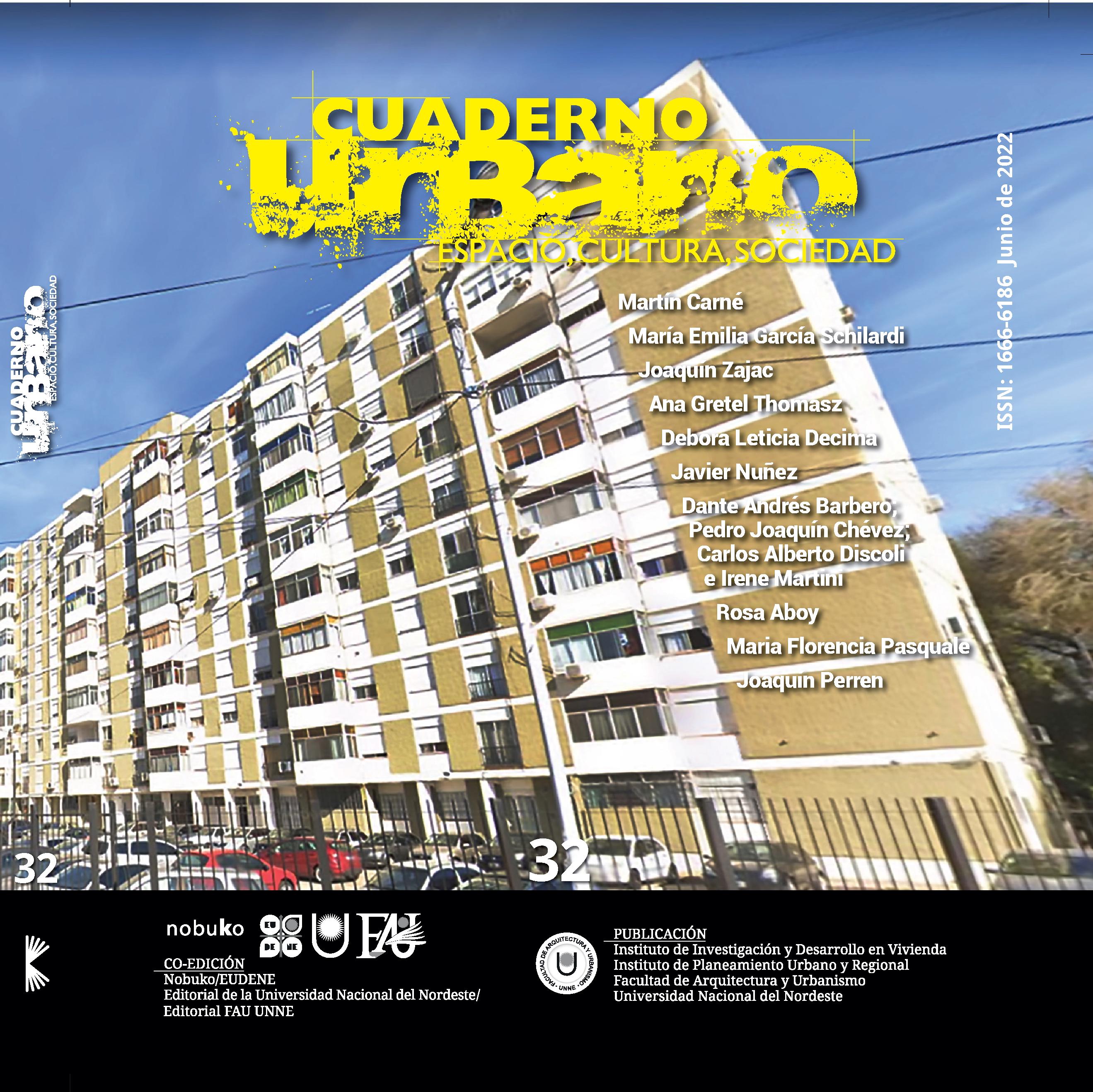Systemic model for the analysis of residential energy consumption scenarios
DOI:
https://doi.org/10.30972/crn.32325958Keywords:
Systemic model, Simulation, Energy saving, Cooling and heatingAbstract
This paper presents the methodology and development of a systemic model, built using the systems dynamic methodology, for the analysis of energy consumption scenarios by air conditioning in the residential sector. The model allows to analyze the total energy consumption of homes and disaggregated by equipment applying efficiency measures. For the modeling of the consumption for cooling and heating, different equipment was taken into account considering for each one: the quantity, nominal powers, labeling levels according to current norms and the average hours of use. Likewise, the possibility of analyzing different energy efficiency measures was included in the model. The developed model allows analyzing the temporal evolution of the disaggregated and total energy demand of the building equipment, allowing to compare, through sensitivity analysis, different possible scenarios from the adoption of various technological and energy efficiency measures.
Downloads
Downloads
Published
Issue
Section
License
CUADERNO URBANO sustains its commitment to the Open Access policies for scientific information, on account of the fact that both scientific publications and public funded research must circulate freely on the Internet and without restrictions.
CUADERNO URBANO ratifies the Open Access model in which the contents of scientific publications are available in full text free of charge on the Internet, without temporary embargoes, and whose editorial production costs are not transferred to the authors. This policy proposes breaking down the economic barriers that generate inequities both in access to information and in the publication of research results.





.jpg)








